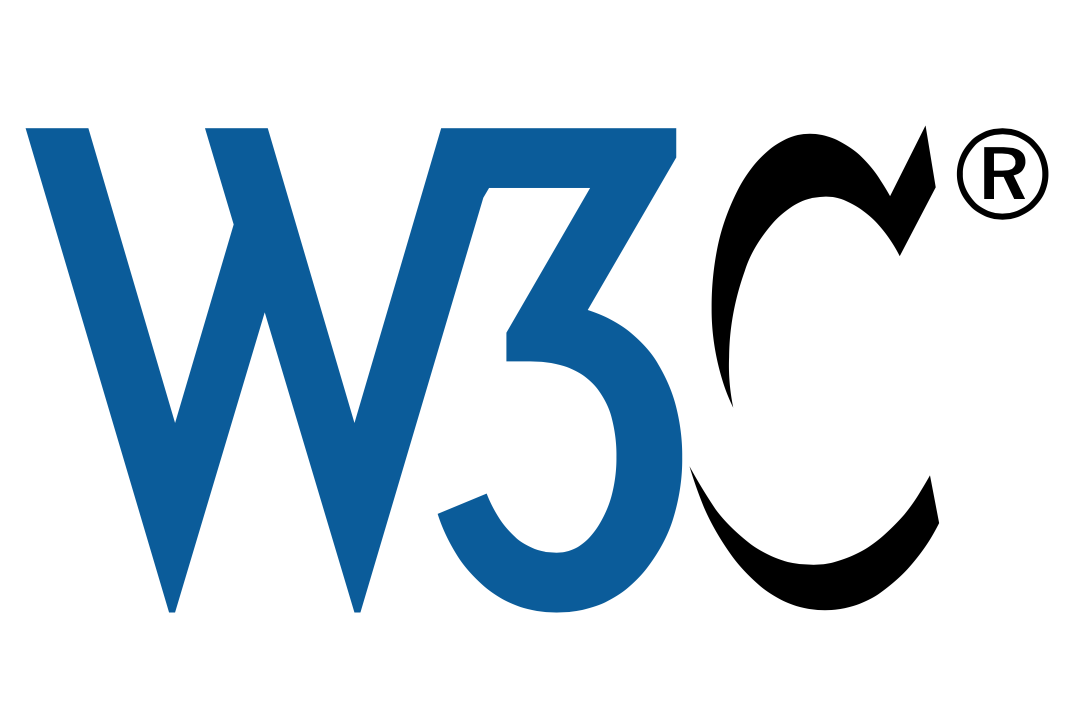11 March 2019
Is your public sector website or app accessible?
Making a website or mobile app accessible means making sure it can be used by as many people as possible. This includes those with:
- impaired vision
- motor difficulties
- cognitive impairments or learning disabilities
- deafness or impaired hearing
- making sure the team or agency responsible for your website or app understands WCAG 2.1
- making sure the content is accessible
- doing some basic accessibility tests before you sign off your new website or app


